I visited the Weald and Download Museum earlier this month, and the day brightened up into a warm and sunny day. The weekend that I visited was also the weekend of the "Saddles and Steam" annual show, which features horses and steam engines (with some classic cars, World War, and toy collections in the mix). I always enjoy visiting a living museum or living history museum such as this to go inside the houses and buildings to imagine how people lived in different ages.

I loved the above view over some of the houses in the museum from the hillside.

I've detailed many of the buildings below. Some of the buildings housed other collections too. Railway and model boat enthusiasts would be happy visiting here because there is a lot of that here to see.

Home from Walderton, Sussex
This house from Walderton, Sussex, dates from the 15th-17th centuries. The inside is older and contains an open hall, but the home's purpose was changed for living in the 17th century, and the interior has information about the transformation. At the back is a garden dating from the 17th century with some edible weeds but notably more effort spent on growing vegetables, herbs, and roots (for food and medicine) with a few aesthetic plants grown and fruit trees at the back. The house is broken up into a kitchen on the left (as entering the door), and a larger room for dining on the right. Upstairs are a couple of bedrooms with closet. The fruit trees include quince (similar to a pear), Rosemary Russet apple, Black Worcester pear, Harvey apple, and Warner's King apple. Herbs were grown such as rosemary, lavender, fennel, mint, sage, wormwood. Vegetables and plants included pumpkins, broad beans, leek, cardoons, parsley, onions, asparagus, peas, salad leaves, garlic, beets, and other root vegetables.

Toll House from Beeding, Sussex
This toll house dates from the early 1800s, but the toll board in front comes from a different toll house. These cottages were set up along stretches of road in order to maintain the road from road users. The little cottage has a small sitting room inside the front door and a small bedroom at the back.

Pugmill from Redford, Sussex
This building was a horse-powered pugmill used for making bricks. It dates from the 19th century.

Brick-drying shed from Petersfield, Hampshire
This shed dates from 1733 and was used for drying bricks. Inside the shed is an exhibition about how bricks are made, how they are laid, and how the unique patterns are created. This is next to a similar-looking shed dating from the early 19th century used as a sawpit shed, which came from Sussex and was also a typical building seen in villages in that age.

Bakehouse from Newdegate, Surrey
The buildings at the front of the site relate to milling and baking. The bakehouse actually sells items cooked on site with some ingredients made on site. It dates from the 17th century and was a large Victorian bakehouse in its heyday. It ceased to be used in the 1930s. There are three rooms: a preparation room, a stove/oven room, and a room at the back where the shop would have been.


Watermill from Lurgashall, Surrey
This watermill dates from the 17th century and is a working watermill used for grinding wheat into flour. Flour made here can be purchased, and biscuits and other items are also for sale inside the mill. Visitors can see the mill in action. The mill was used until the 1930s before being moved to its present location.

Dairy from Eastwick Park, Surrey
This octangonal building was a dairy dating from the early 1800s. It is currently not open to the public. It is only a recent acquisition, and it was in a ruined state previously.

Storage (unknown)
The above shed is a type of storage for a granary or something similar, raised off the ground to prevent moisture from entering. It includes shelving with bagged-up flour and appears to be used by the water mill. I would expect that it dates from the 1800s or early 1900s.

Smithy, 1800s
This blacksmith shed contains equipment to demonstrate blacksmith working with metal, anvils, and fire. It was not working when I visited it, but it looks like it is working for demonstrations.

Windpump from Pevensey, Sussex
This windpump is a rare working example of a working structure that was a common sight.


Plumber workshop
The plumber workshop dates from the 1800s. It had the plumber workshop on the ground floor and window workshop on the first floor. Inside is an exhibition on some of the tools used in the shop at the time.

Container Wagon, beginning of 1900s
This container wagon was donated by Reynold's furniture company and is one of the earliest examples of this method of transport of goods. The whole container is shipped, and this prevented the goods from being unpacked and then packed again during various transport methods. This method is still used today.

'Tin tabernacle' from Hampshire
The "tin tabernacle" is a name for this method of building of church, which dates from 1908. The church is made from metal.

building from medieval ages

This building in a cluster of public buildings here, which are currently used as craft buildings with model railways and boats, dates from the middle ages. The design painted on the walls was uncovered and shown in the segment below.

Market from Titchfield, Hampshire
This market hall dates from 1620 and is a common example of a market place that every village would have had.

Medieval shop from Horsham
This is an example of a timber-framed medieval shop (1600s). Shop fronts were used to sell goods with the families living upstairs. The staggered timber frame going out onto the street level is an example of how buildings were constructed in that day.

Downland Gridshell, 2002
This is an award-winning building created in 2002. It is home to some collections and is currently housing a model railway set.

Treadwell from Catherington, Hampshire
This 17th century Treadwell was used to pump water from a well 300 feet down. It is smaller than the donkey-operated wheels, and this one was probably operated by a man.

Farmer's Hut, 1800s
This hut contains a stove and a bed and would have been lived in by a farm laborour. An excerpt of such a hut is detailed in a book by Thomas Hardy, "Far from the Maddening Crowd".

Anglo-Saxon Hall from Stayning, West Sussex
This 10th century hall is modelled after a site that was used as a hall around 950AD. It is a reconstruction of what the hall would have looked like in the site. The hall would have been dark inside.

Tindall's Cottage from Ticehurst, Sussex
This cottage dates from the early 1700s, and the timber in it dates from an earlier building. The design is known as 'Poplar Cottage', and it reminds me of my grandmother's farmhouse, which was actually an older building with probably only one or two rooms before it was extended. Upstairs are two bedrooms, accessed via the one bedroom to another room at the back.

Steam-powered saw
In the forest is a sawmill, and it was in operation with a steam engine when I arrived. There was also information on charcoal and its uses and importance in this area.

Pendean farmhouse, early 17th century
This farmhouse dates from the early 17th century, and it also has an example of a garden from that time containing plants for medicine, food, ale-flavouring as well as plants to keep away insects and others to add aesthetic (roses, irises, golden rod). A large area in front of the house contains elderberries. The upstairs had a small room with a toilet in it, and in order to get between the rooms, visits have to crouch through a small doorway.

14th century hall from Boarhunt, Hampshire
This hall dates from the 14th century and has two large rooms inside.

Medieval cottage from Surrey
This 13th century medieval cottage from Hangleton in Surrey was built based on an archeological find. The cottage was probably abandoned in the 14th century but built in the 13th century.

Barns
The first building is an old barn dating from the 1530s in Sussex. The second building is a farm shed with equipment and a shepher's room with information about sheep and about the sheep fair and breed of sheep. The third photograph shows threshers' shed used by a team that would go around the farms and do work during harvesting, and hot meals would be cooked here; it is not dated, but I assume it is the 1800s. The fourth is a barn and stable from the 18/19th centuries from Tonbridge in Kent.

Winkhurst Tudor Kitchen
Winkhurst Tudor Kitchen is an example of a kitchen used in Tudor times with an area for cooking and a separate area for dining and an area for storage/preparation. The exterior of the building was not easy to photograph.

Bayleaf farmhouse from Chiddingstone, Kent
This old farmhouse is a smokehouse and does not contain chimney. The fire was lit on the floor and aired out through the side of the windows, as shown in the above photographs. It is an example of a Tudor-framed house from the 13th century. Upstairs shows a wall of how it would have been decorated at the time.

Schoolhouse from West Wittering, Sussex
Dating from the mid-1800s, this schoolhouse is an example of where children were taught and what they had in the classroom.


Whittaker's Cottage, 1860s in Surrey
Whittaker's Cottage was a cottage complex of railway workers, and it contains a garden.

Medieval cottage from Kent
This medieval house is from Kent. It dates from the 15th century.


Poplar Cottage from Sussex
This cottage probably dates from the 1500s.
I visited on the weekend of the annual "Saddles and Steam" show, which is a day filled with horses pulling wagons and doing demonstrations, steam-powered cars and equipment and vintage cars. There were also mini steam engines on display, a food and craft market, portable music machines, and collections of toys and other items. There was also a D-Day display in the pond and on the land with motorised boats and tanks and World War vehicles.










Have you ever visited the Weald and Download museum? It is located near Chichester near Portsmouth in Hampshire.






























































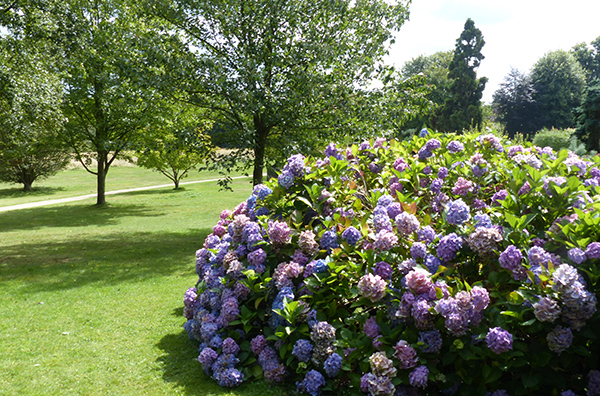
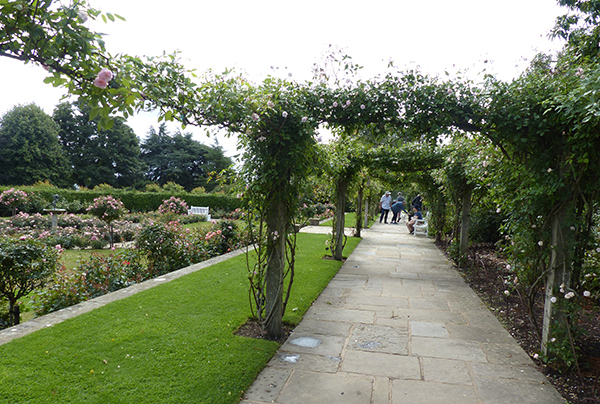

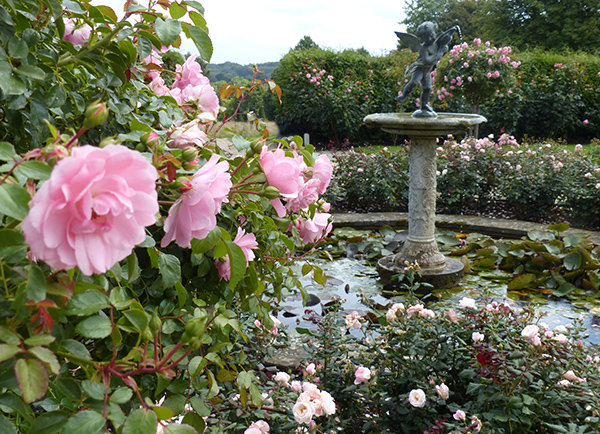
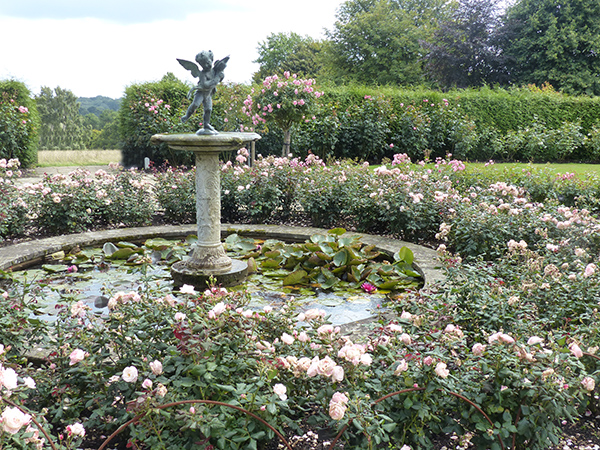

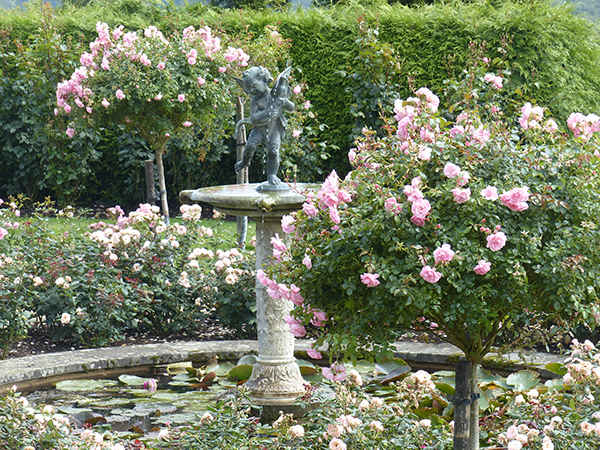
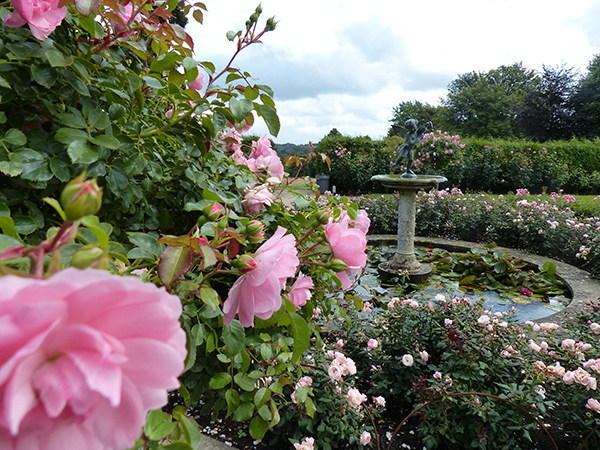












































































































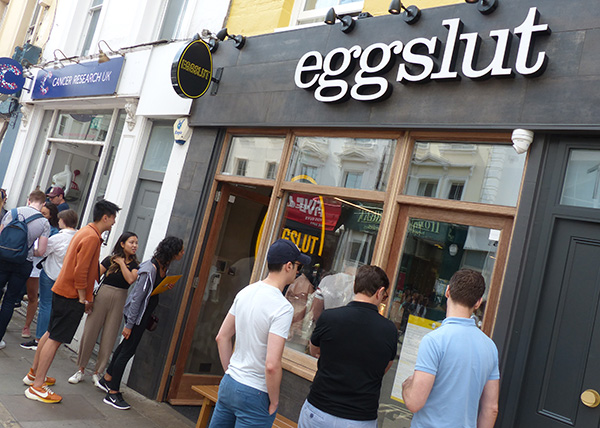




































































Recent Comments